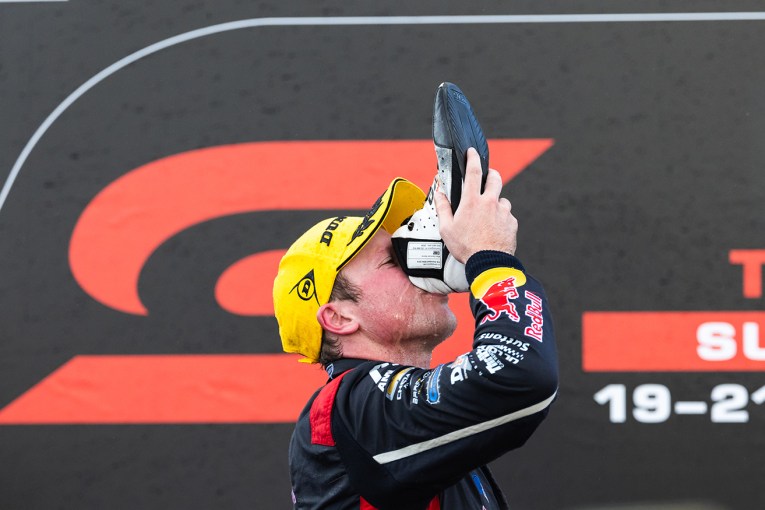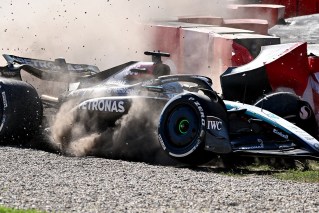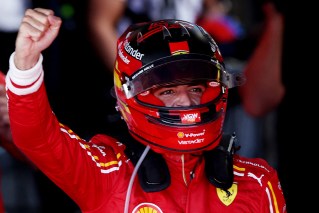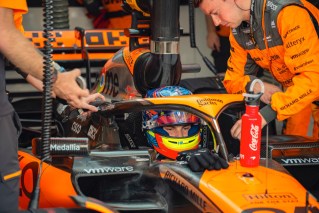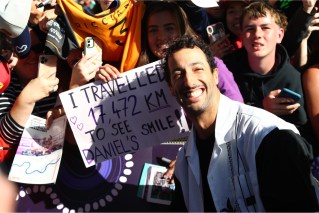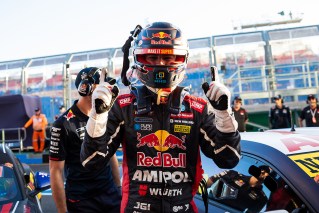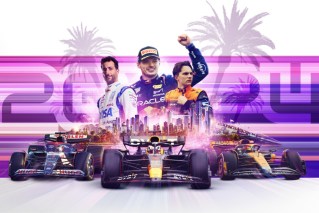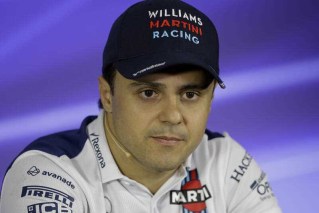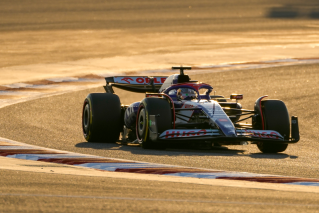Daniel Ricciardo on Formula One’s most dangerous extra second

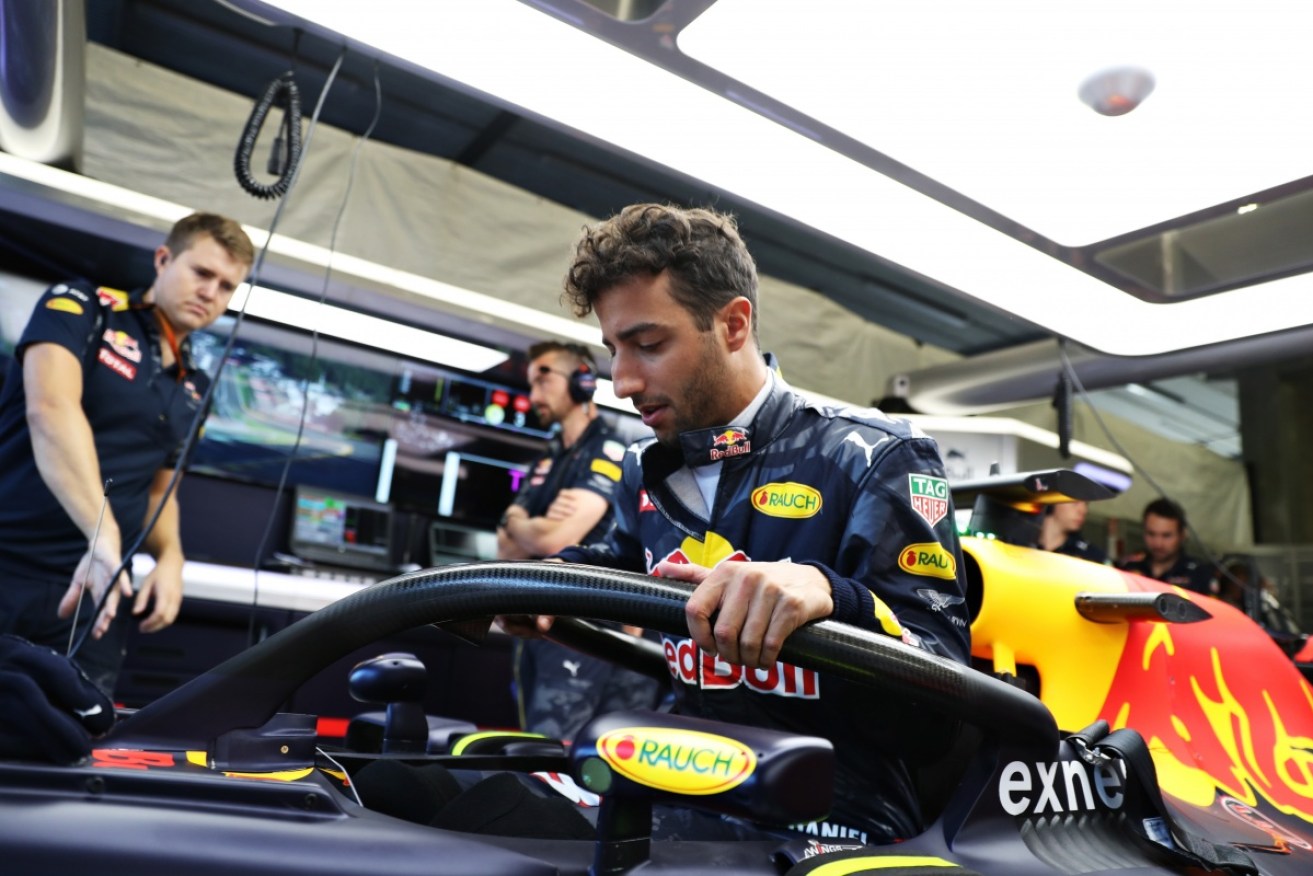
Daniel Ricciardo negotiates the new halo device as he gets into his car. Photo: Getty
Formula One ace Daniel Ricciardo has revealed the sport’s new halo device to provide head protection for drivers has come with a sting – an extra second to exit the car in an emergency.
It’s a minuscule difference in normal circumstances, but in a fast-fuelled race where fractions of a second can be crucial, the Australian said drivers had to be assured that safety was actually improved when implementing the new design.
Ricciardo said he and his fellow drivers were confident that trackside marshals for Sunday’s Australian Grand Prix in Melbourne had been well briefed and trained on the fastest way of dealing with an extraction.
“It was talked about a lot, let’s just say, through all the period in trying to find head protection stuff,” Ricciardo told The New Daily.
With us getting out of the car we have to do a test ourselves before every season and compared to no halo it took – it normally took me five seconds to jump out – now it took me six seconds.
“So it’s an extra second, which is obviously slightly longer, but it is not massive and all the marshals have been trained to deal with it.
“They’re on top of it and now it is what it is.”
The halo design which rises above the driver’s head was one of a number of options considered to improve the strength of the car and prevent impacts that could not be survived by helmet alone.
Ricciardo’s friend Jules Bianchi died in July 2015 after nine months in a coma having suffered a head injury during the Japanese Grand Prix.
And in August 2015, British Indycar driver Justin Wilson died after being hit by debris at Pennsylvania’s Pocono raceway.
Australia’s most recent example of the benefits and potential pitfalls of the halo design came with Fernando Alonso’s massive shunt that red-flagged the 2016 Grand Prix in Melbourne.
Onboard footage of Alonso’s crash shows how close wheel debris comes to the former world champion’s head, but he was able to easily exit the car after his rollover – a vital consideration in the event of fire.
Not everyone is a fan of the halo, with Toro Rosso driver Pierre Gasly saying earlier this month it made getting in and out of the car more difficult, and had ripped his racing suit.
But Ricciardo urged fans to be patient with the new design – even if he acknowledged it is now harder to distinguish who is who on track.
“It is ugly, but it is not going to change the racing,” he said.
“It is going to be hard to spot the helmets actually, to spot the driver difference, but they’ll hopefully find a solution to that so the fans can see who is out leading throughout the race.”
Learning from last year
Ricciardo added that, for him, last year’s Australian Grand Prix was ‘a bit of a sh–t show’ after a packed schedule caused pre-race exhaustion.
It showed when it counted, too, with Ricciardo crashing in qualifying before he was forced out of the main race due to engine failure.
“Car is done. Let’s get the f––k out of here,” he said on Red Bull radio at the time.
And now, with the benefit of hindsight, he said: “Last year was a bit of a sh–t show, just in terms of running around like a headless chook.
“[You’re] trying to please everyone and it is hard because you are only in Australia once.
“Everyone wants their time and feels they should get their time … I don’t disagree with them.
“But at the end of the day, I am there to compete on Sunday and if I am getting in the car wrecked then we are missing the purpose in being there.
“We have got a better awareness of that this year.”
